Go Natural Education recently participated in the Florida Wildlife Corridor Summit, a three-day event that brought together hundreds of people who are concerned about preserving wildlife habitat in the Sunshine State. The conference was sponsored by the Florida Wildlife Corridor Foundation, a non-profit organization that’s seeking to complete a network of habitat connections that can help protect Florida’s wild places and the more than 700 imperiled species that live in the state.
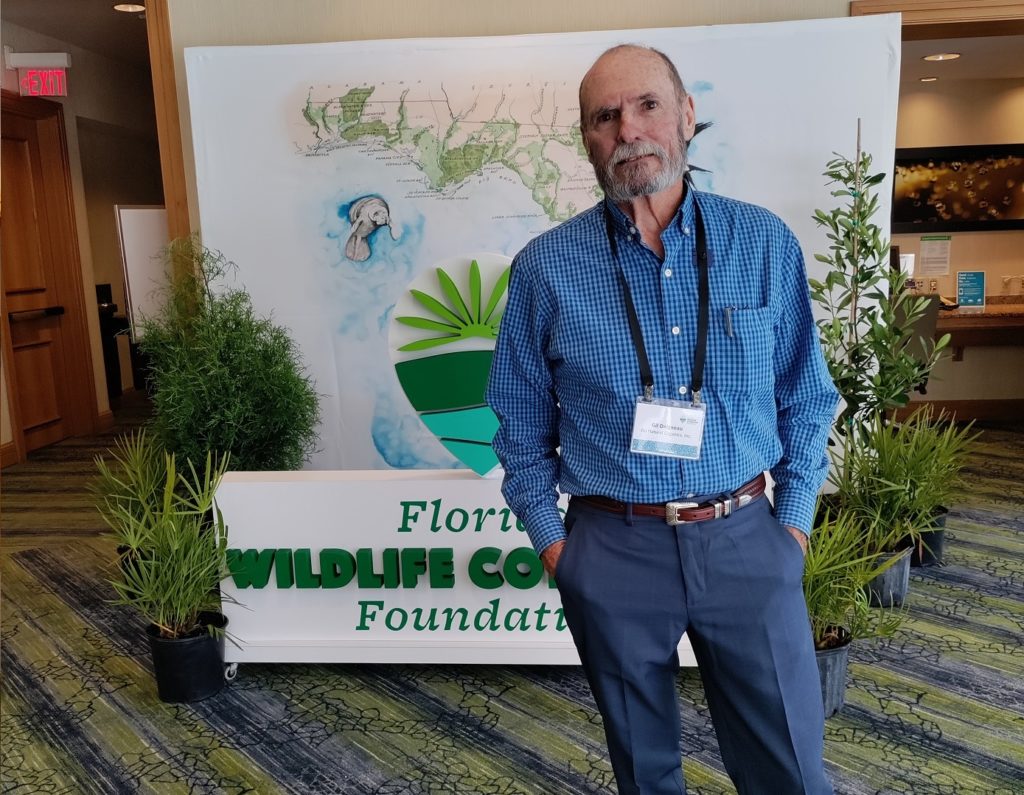
If you’re learning about this effort for the first time, you might like to know that the story of the Summit began in Africa and behind a camera. Carlton Ward, Jr., a conservation photographer from Tampa whose work has appeared in National Geographic, once hiked from Congo to Gabon and took photographs of wildlife that encouraged the governments there to establish three national parks. Upon returning to Florida, Carlton saw that it wasn’t just the wildlife in faraway lands that needed room to live in order to survive.
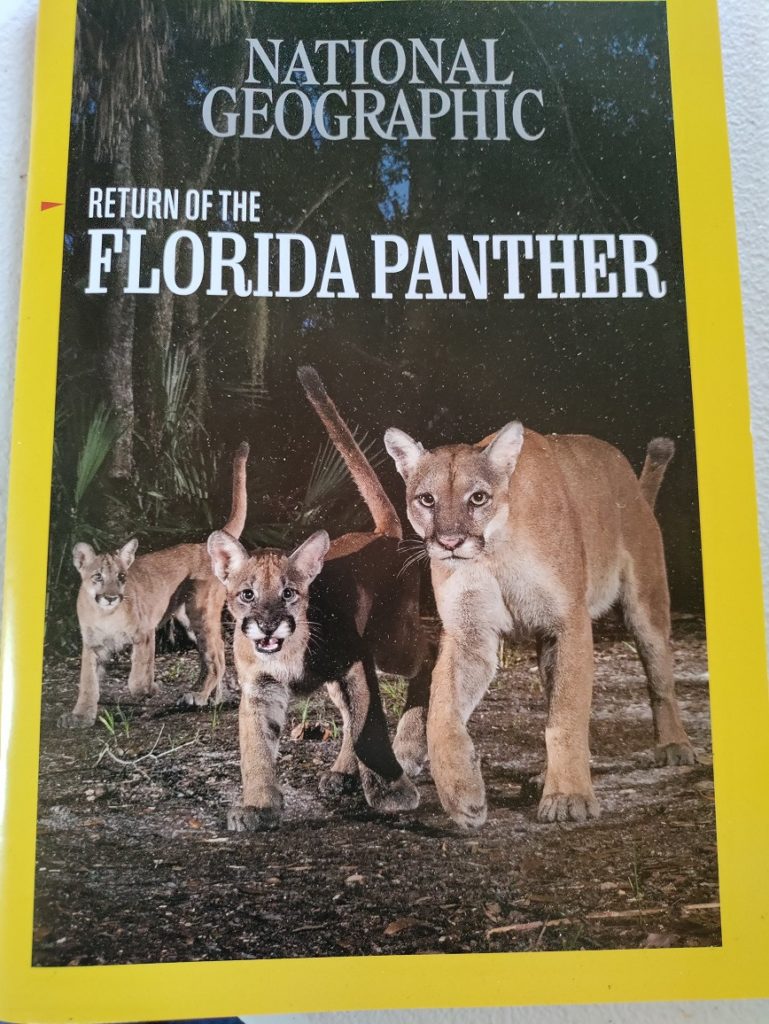
The conservation connections that Carlton had and made were critical. Hilary Swain, the Executive Director of Archbold Biological Station, introduced the conservation photographer to Joe Guthrie, a bear biologist. As part of his scientific research, Joe tracked a radio-collared bear that traveled over 500 miles across the state and through green areas, private lands, ranches, state and national parks, and public lands. From the travels of this single animal, the idea of preserving wildlife corridors was born.
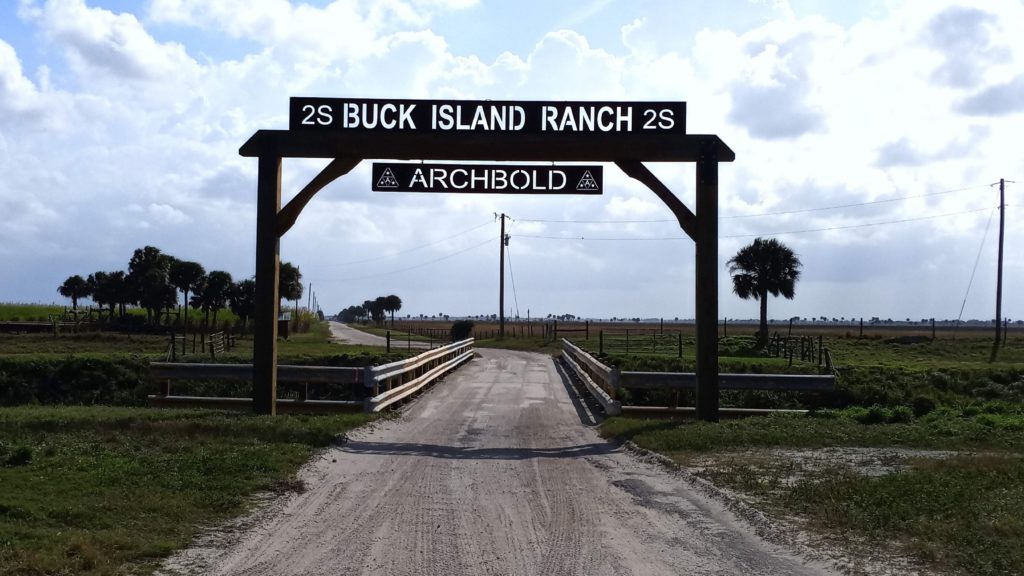
Today, the Florida Wildlife Foundation is combining conservation science with photographs, video, and compelling storytelling to protect our wild places. At the recent Summit, participants heard firsthand from Mallory Dimmitt, the Foundation’s CEO, about current projects and fund raising efforts. Hillary Swain provided some historical perspective about conservation in Florida, and Carlton Ward Jr. himself described the mechanics behind the corridor’s creation.
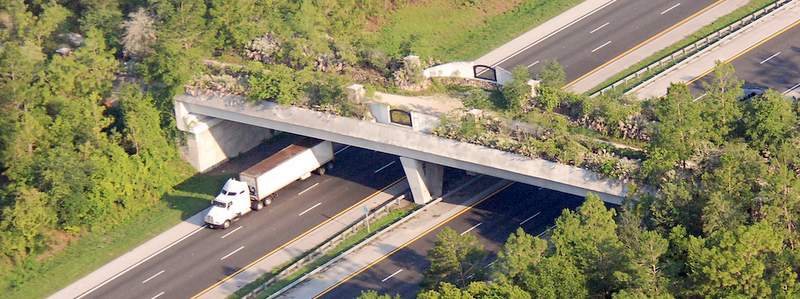
Over the years, there have been many efforts to help preserve Florida. The names of programs have changed, but what’s remained constant is how Florida remains a destination for an increasing number of people – as many as 1,000 a day. Today, people from all walks of life want to get involved in conservation, as the recent Summit demonstrated. Farmers and ranchers have an especially important role to play, and some are selling their development rights to the state instead of to builders of homes and shopping malls.
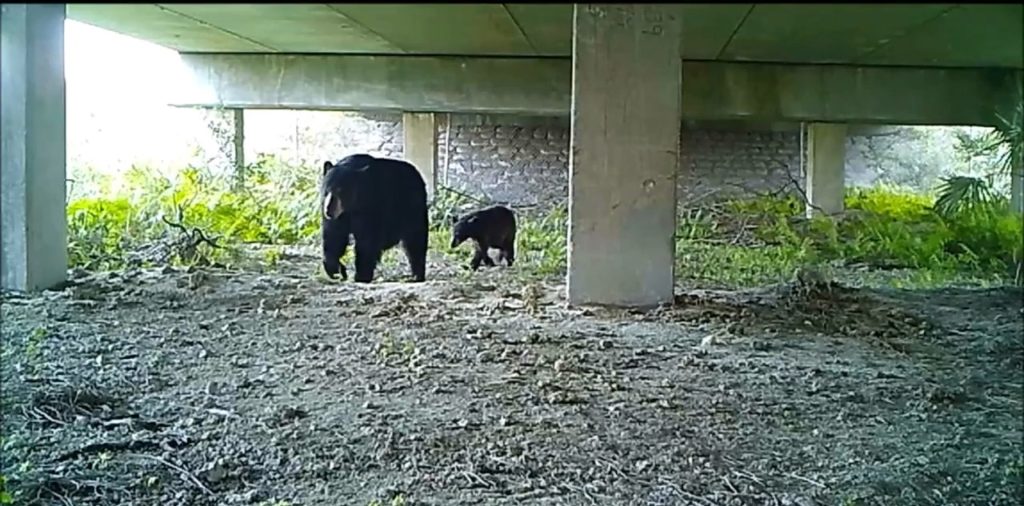
In many ways, what’s happening in Florida right now is a litmus test for the rest of the world. Will we complete our network of wildlife corridors? As the recent Summit shows, it will take a network of human connections – and those connections are looking stronger than ever.